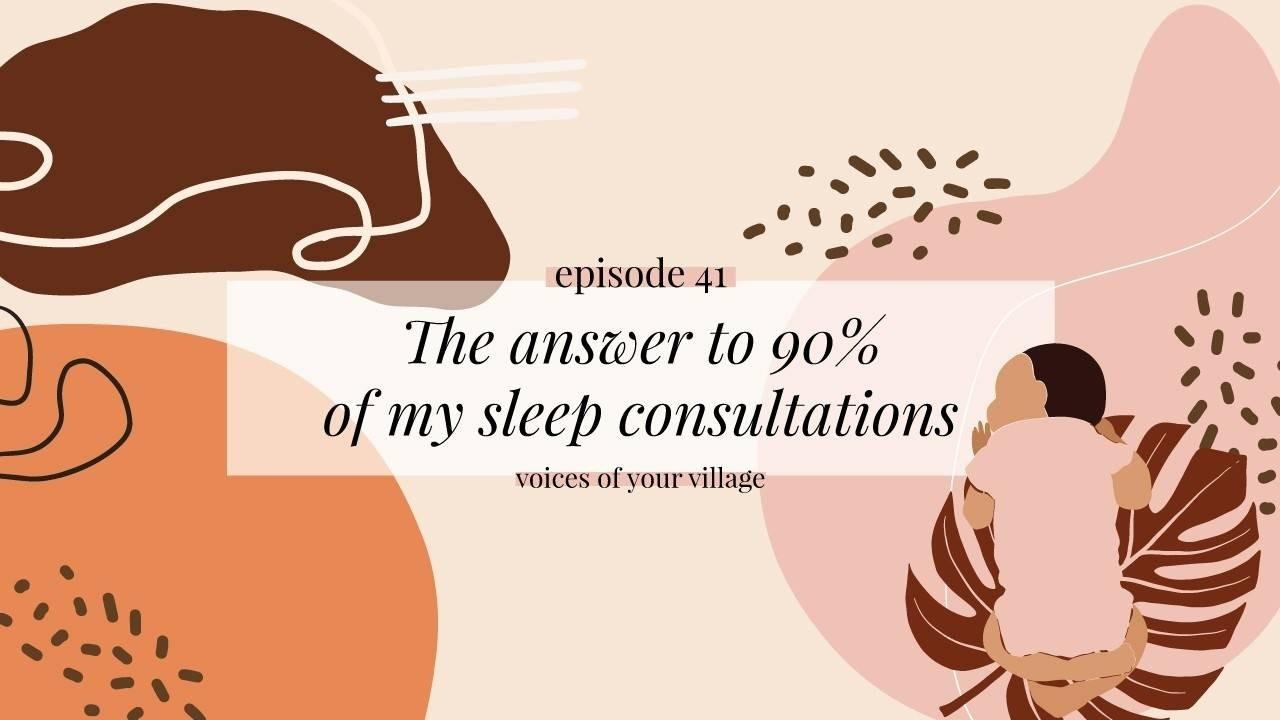The answer to 90% of my sleep consultations

This week we are diving deep into the topic that covers 90% of my sleep consultations: SLEEP PRESSURE.
When we look at sleep, there is always more than we see on the surface. So with our tiny humans, we may see behavioral things (like bedtime resistance) but if we dig a little deeper there is often something else happening. And many times, it is sleep pressure that needs tweaking.
Sleep pressure is like being the right amount of hungry. I don’t want to be a little hungry and only need a snack and I also don’t want to be hangry. I want to be the perfect amount of hungry so that I’m ready to sit down to a complete and revitalizing meal. The same concept applies to sleep pressure. We don’t want our kiddos only slightly tired but we also don’t want them to be overtired. We want to find the sweet spot of tiredness that allows them to easily consolidate their nighttime sleep.
A general rule of thumb when we talk about sleep pressure is that we want awake times to gradually increase throughout the day (this is for kiddos over FOUR MONTHS, newborns are a whole different ballgame). So morning awake time=2 hours, midday awake time= 3 hours, afternoon/evening wake period= 4 hours.
This 2/3/4 schedule is a general rule (some families will need to tweak it slightly to better fit their kiddo). What we want to avoid is having one awake period be DRASTICALLY longer than another. We especially don’t want morning times to be longer, which often happens in childcare centers where naps can be scheduled too late in the day. This results in a short afternoon awake period and bedtime resistance.
Something that goes hand in hand with sleep pressure is LIGHT. When we are exposed to light, it tells our brains that we are not ready to produce melatonin. When we have darkness coupled with appropriate sleep pressure, our bodies will naturally start to produce melatonin. In terms of melatonin production, it’s most important that we do not have awake periods that are TOO LONG. When kiddos are awake too long, their bodies start to produce cortisol, a stress hormone, to keep their bodies going. Cortisol suppresses both serotonin and melatonin, and in turn, inhibits sleep. This is why we often see that overtired kids are unable to fall asleep or stay asleep.
In my classroom, we had nine toddlers on a one nap schedule. These kiddos were generally waking up at 6 am and going to bed at 7 pm. So to support appropriate sleep pressure, the nap was at 11:30. To make that work we did lunch around 11 and then with sound machines and blackout curtains, my team and I would get our nine kiddos down for a nap within about 15 minutes of our 11:30 goal (I have a blog post about how to make this happen: LINK TO THIS WEEK’S BLOG POST). The goal was for the kiddos to sleep until at least 1:00 pm. We had a few kiddos who liked to sleep longer, so those were the kiddos we put down first. We wanted everyone up between 1-1:30 to give them a good awake stretch so they would be ready to sleep at bedtime. Most of my kiddos would go home and sleep through the night with this nap schedule supporting their sleep pressure.
I’m creating an online sleep course, for 4 months and beyond, which will give you all the tools to troubleshoot your kiddo’s sleep. I will walk you through how to do all of this. You will have lifetime access, tons of freebies, and can use it from kid to kid (because who can remember all of this from one kid to another?!). Stay tuned in January 2019!!
Now, onto newborns. Newborns’ sleep is SO DIFFERENT. The general rule of thumb with newborns is to avoid letting them get overtired at all costs. They should never be awake for more than two hours. They should be napping as much as they need to, even if it’s just catnaps. Their bodies just can’t handle long periods of awake time. When we are keeping awake times under two hours, we can then dive into setting habits and solid foundations, feeding schedules, how and where to sleep etc.
To wrap it up, I want to remind you about our sleep freebies (Fab Five Sleep Products and Sample Sleep Schedules). I also want to remind you all that I do sleep presentations, in person, or remotely on sleep pressure and creating sleep schedules. I often do these at childcare centers, so reach out if that is something that piques your interest!
Sleep Guide Birth to Five | Fab Five | Sleep Blog Posts
